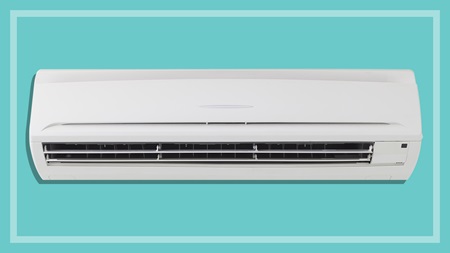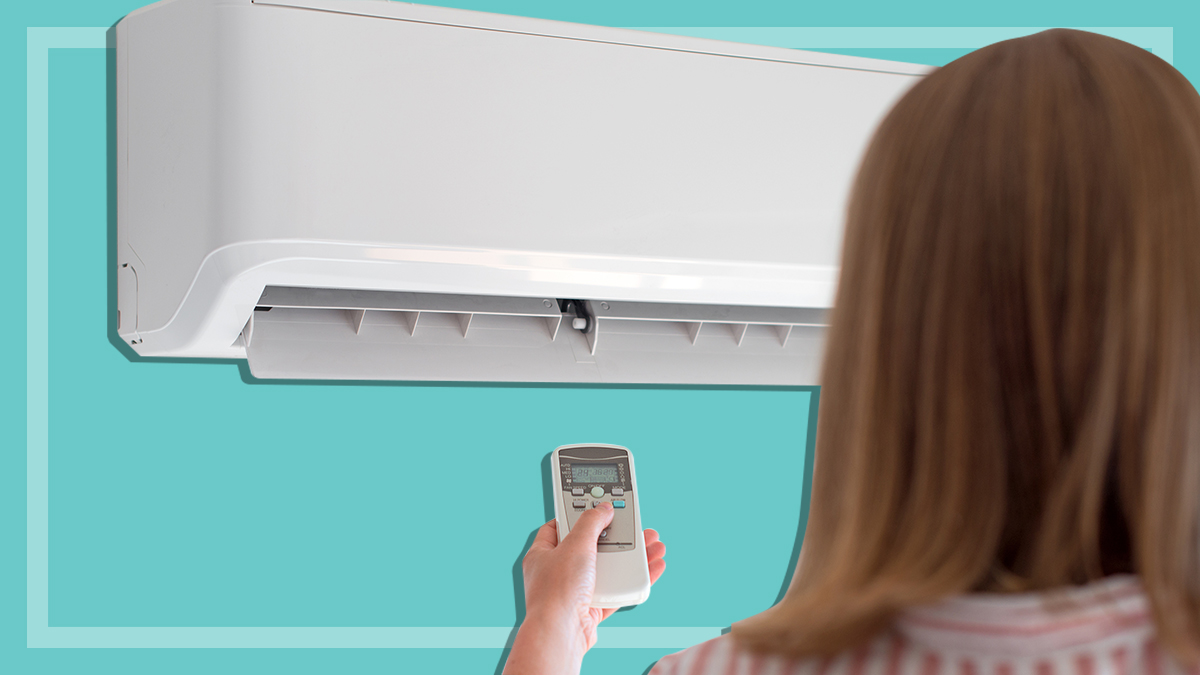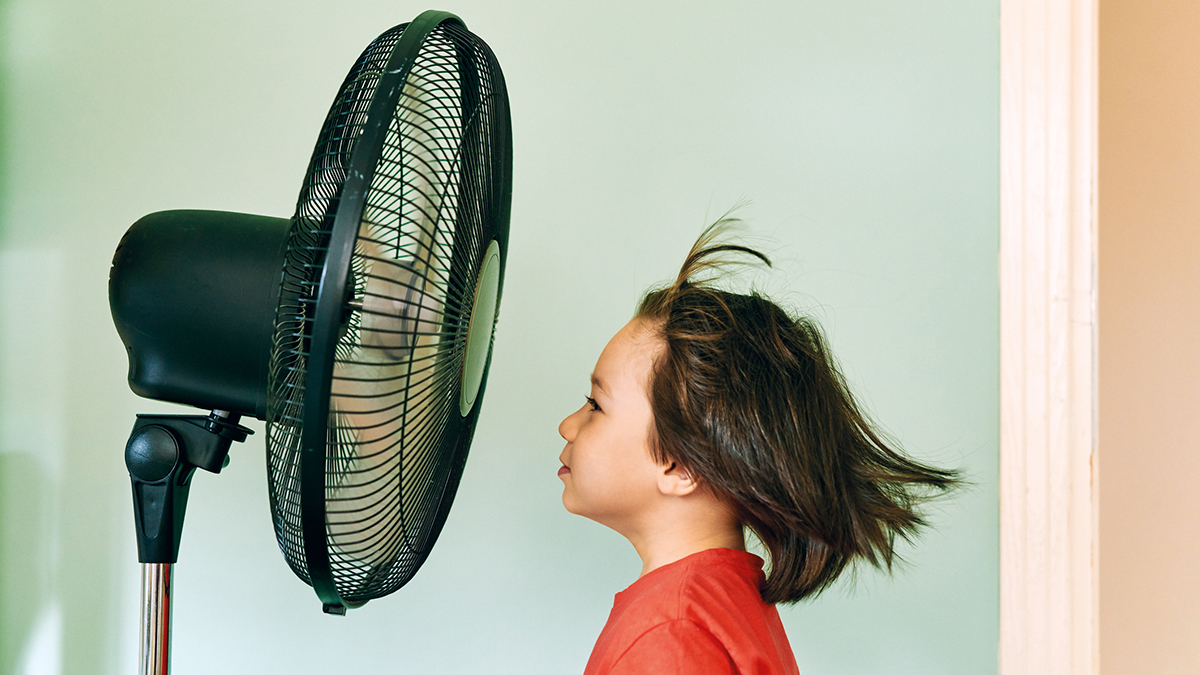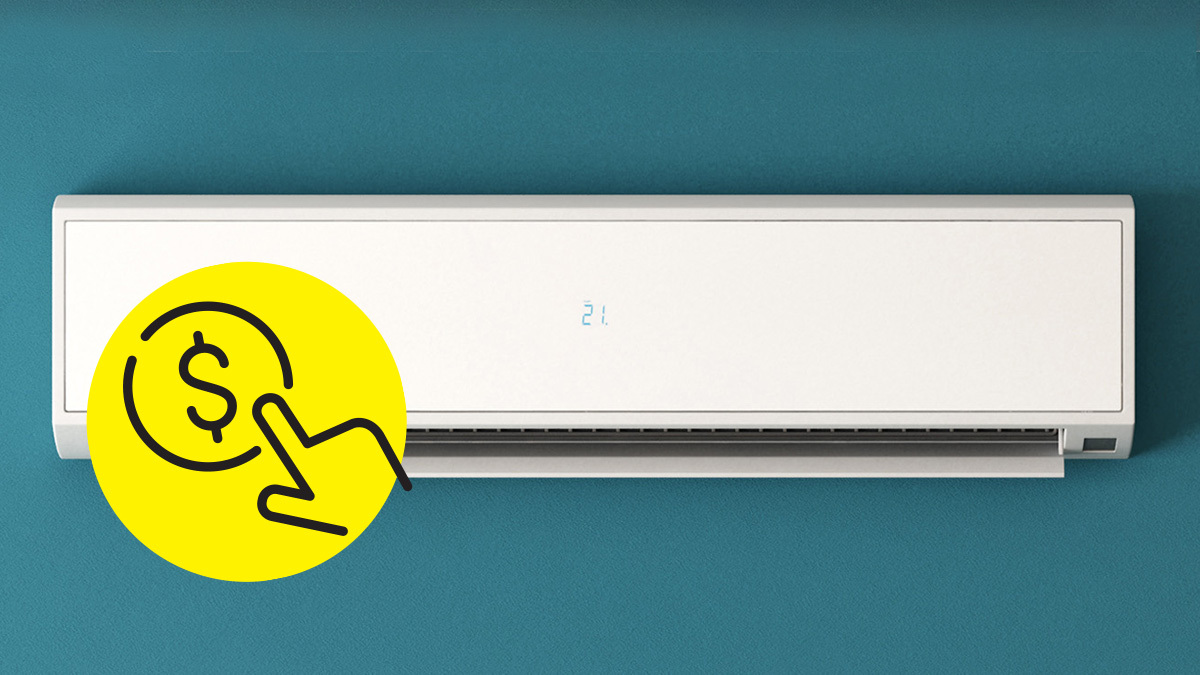Get our independent lab tests, expert reviews and honest advice.
Does an air conditioner work as an air purifier?

Need to know
- Air conditioner dust filters aren't designed to remove smoke or germs, but some models have air purification filters, which can help
- Many of the air conditioners we've recommended have some form of air purification filter
- A dedicated air purifier with a HEPA filter is a better bet for cleaning indoor air of smoke, viruses and other pollution
On this page:
- Air conditioner dust filters are for dust, not smoke or germs
- What is an ionisation filter?
- Air conditioner brands with air purification features
- Risks of aftermarket air purifying filters
- HEPA filters are still the best option
With air purifiers becoming a mainstream household appliance in Australia following concerns about the COVID-19 virus, bushfire smoke and just general indoor air quality, you may be wondering if an air conditioner can also do the job of air purification. After all, an air conditioner filters out airborne dust while it’s cooling or heating the air; can it also filter out viruses, bushfire smoke or other pollution?
The answer is that most major air conditioner brands do offer air purification features, in at least some of their split-system range. These are typically ionisation filters. While they might not be at the level of full HEPA filtration like a good air purifier, they should still be useful in helping keep the indoor air clean.
Air conditioner dust filters are for dust, not smoke or germs
All air conditioners have a dust filter in the indoor unit. This traps dust from the air as it circulates through, mainly to stop it clogging up the internal workings.
But dust filters are relatively coarse filters, and will have a minimal effect, if any, on smoke, mould spores, germs and fine particles.
Check the instructions for how to access the filters and how often you should clean them. Clean filters allow easier airflow and help your air conditioner run more smoothly and efficiently.
What is an ionisation filter?
When an air conditioner has an air purification feature, it’s usually in the form of an ionisation filter. There are a few variations on this type, including photocatalytic and plasma stream filters.
Ionisation filters can remove at least some smoke, but usually the claims for these filters focus on the removal of fine dust, mould spores, odours, allergens and germs.
How does an ionisation filter work?
Ions (charged particles) are generated inside the air conditioner’s indoor unit, and are used to trap or break down pollutant particles such as dust, pollen or bacteria.
The ions may be spread through the room, or they can be generated on the surface of a catalytic plate inside the unit.
The ions attach to the pollutant particles, and then the particles either:
- break down through oxidisation
- become negatively charged and then trapped on a positively charged plate inside the unit
- precipitate out of the air and cling onto the floor or other surfaces, where they can be vacuumed or wiped away.
Ionisation filters are typically located in the indoor unit behind the dust filters and usually aren’t intended to be user-serviceable. Being electronic devices, they shouldn’t need regular replacement, though like any part they may fail eventually and need replacing by a technician.
Air conditioner brands with air purification features
Many major brands offer some form of ionisation-based air purification filter, usually in their most recent or premium model ranges.
Examples include:
- Daikin (Streamer Technology, plus deodorising filters)
- Fujitsu (ionisation and catechin)
- Hitachi (Wasabi Nano Titanium filter, FrostWash cleaning system and others)
- Kelvinator (‘air freshening’ filter – see below for more on these)
- LG (ion generator)
- Mitsubishi Electric (Plasma Quad Connect filter)
- Mitsubishi Heavy Industries (Clean Air photocatalytic and allergen filters)
- Panasonic (nanoe X).
Catechin and deodorising filters
Some models also include a catechin-based filter. Catechin is a plant extract with antifungal and antibacterial properties. Catechin filters are intended to trap and eliminate bacteria, mould spores and some other fine particles.
Deodorising filters may be a carbon filter, electrostatic paper filter or some other type.
Is there any downside to using these filters?
Ionisation filters generally aren’t user-serviceable and should usually last the life of the unit. However, other special filters such as deodorising and catechin filters will need cleaning and eventual replacement from time to time. Replacement filter costs can add up, and you’d need to weigh up whether they’re providing enough benefit to be worth replacing. Check the unit’s instructions.
Ionisation can create small amounts of ozone, which can be an irritant to breathing. It’s hard to say how significant the amount of ozone would be, but it’s a factor to consider if you suffer from asthma or any other respiratory disorders.
Risks of aftermarket air purifying filters
If your air conditioner doesn’t have an air purifying filter included as standard, you might be tempted to look online for an aftermarket solution. There are various aftermarket air purifying filters offered for air conditioners, described as electrostatic, activated carbon or similar. They claim to be compatible with major air conditioner brands and in some cases can be cut to size to suit different models.
Be cautious with any such filters. While they may provide filtration as claimed, it’s highly unlikely that they’ve been thoroughly tested with every air conditioner brand, and using non-genuine parts may reduce your air conditioner’s performance, possibly cause damage and could void your warranty.
HEPA filters are still the best option
The best way to filter out very fine particles such as smoke, mould spores, pollen and viruses is with a HEPA filter (high-efficiency particulate air), which can be found in many vacuum cleaners and most air purifier units, but not in air conditioners.
Generally, HEPA filters only work well at low airflow levels, due to the density of the filter. That means they can’t practically be fitted to domestic split-system or ducted air conditioners, which often have to deliver much greater volumes of airflow than a dedicated air purifier.
It’s possible, with extensive redesign, that domestic air conditioners with true HEPA filtration might appear in the future.
Kelvinator has several split-system models with ‘air freshening’ filters that are sometimes described in their product information as HEPA or Bio-HEPA filters.
Technical details for these are pretty sparse on the Kelvinator website, and a Kelvinator spokesperson advised that if you’re after a meaningful amount of purification, you should be looking at a dedicated air purifier rather than a split-system air conditioner.
This suggests that the effect of these air freshening filters is limited. They’re generally a small insert on the main dust filter, which makes it likely that only some air ends up passing through the air purification filter while the rest flows around it.






